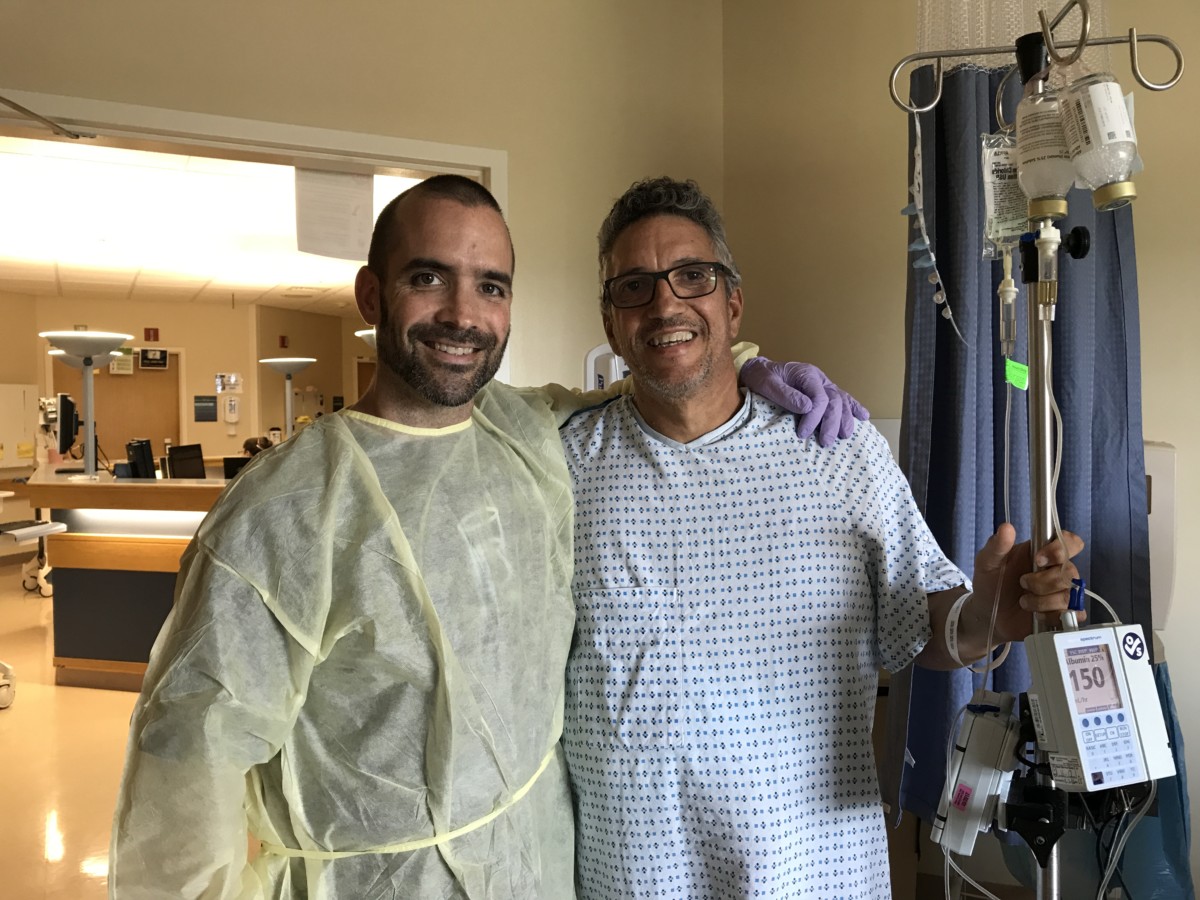Living Liver Donation Surgery Journal
Part 1 of 3: Pre-Operation
This first part covers the decision-making process, testing and the time leading up to surgery.
Part 2 of 3: Hospital
This second part is about the day of surgery and my experience in the hospital.
Part 3 of 3: Recovery
This third part covers the road to recovery and the re-entry into normal life again.
Learn More From These Great Organizations
Donate Life
Living donation offers another choice for transplant candidates, and it saves two lives: the recipient and the next one on the deceased organ waiting list.
UNOS
Living donors offer their loved one or friend an alternative to waiting on the national transplant waiting list for an organ from a deceased donor.
Center for Living Organ Donors
There is an overwhelming satisfaction of giving life to another human being who may otherwise die while waiting for a transplant.
You could save someone's life.
Living liver donors undergo extensive pre-screening and rigorous medical testing to ensure a match. The surgical procedure is complex, invasive and the recovery period may last 3 months.
Donors must be healthy, physically about the same size as their recipient, and the liver must be divided in a location that allows a sizable enough donation while not leaving less than 30% of liver volume in the donor.
The donor's liver (as well as the donated lobe in the recipient) begins regenerating almost immediately and is back to functioning at near full capacity within 6-8 weeks. Donors may only donate a portion of their liver one time because the donated lobe doesn't grow back, rather the remaining lobe grows larger to accommodate the body's needs.
Time passes so quickly, recovery is quick, and in the process you may give a fellow human being a second chance in life. This recipient is now cancer-free.
Find your Local Transplant Center
Call UNOS at 1-888-894-6361

How the liver works
The liver is one of the largest and most complex organs in the body. It weighs about three pounds in adults and is made up of a spongy mass of wedge-shaped lobes. The liver has numerous functions that are necessary for life. The liver helps process carbohydrates, fats and proteins, and stores vitamins. It processes nutrients absorbed from food in the intestines and turns them into materials that the body needs for life. For example, it makes the factors that the blood needs for clotting. It also secretes bile to help digest fats, and breaks down toxic substances in the blood such as drugs and alcohol. The liver is also responsible for the metabolism of most drugs.
ref: https://transplantliving.org/before-the-transplant/organ-facts/liver/





